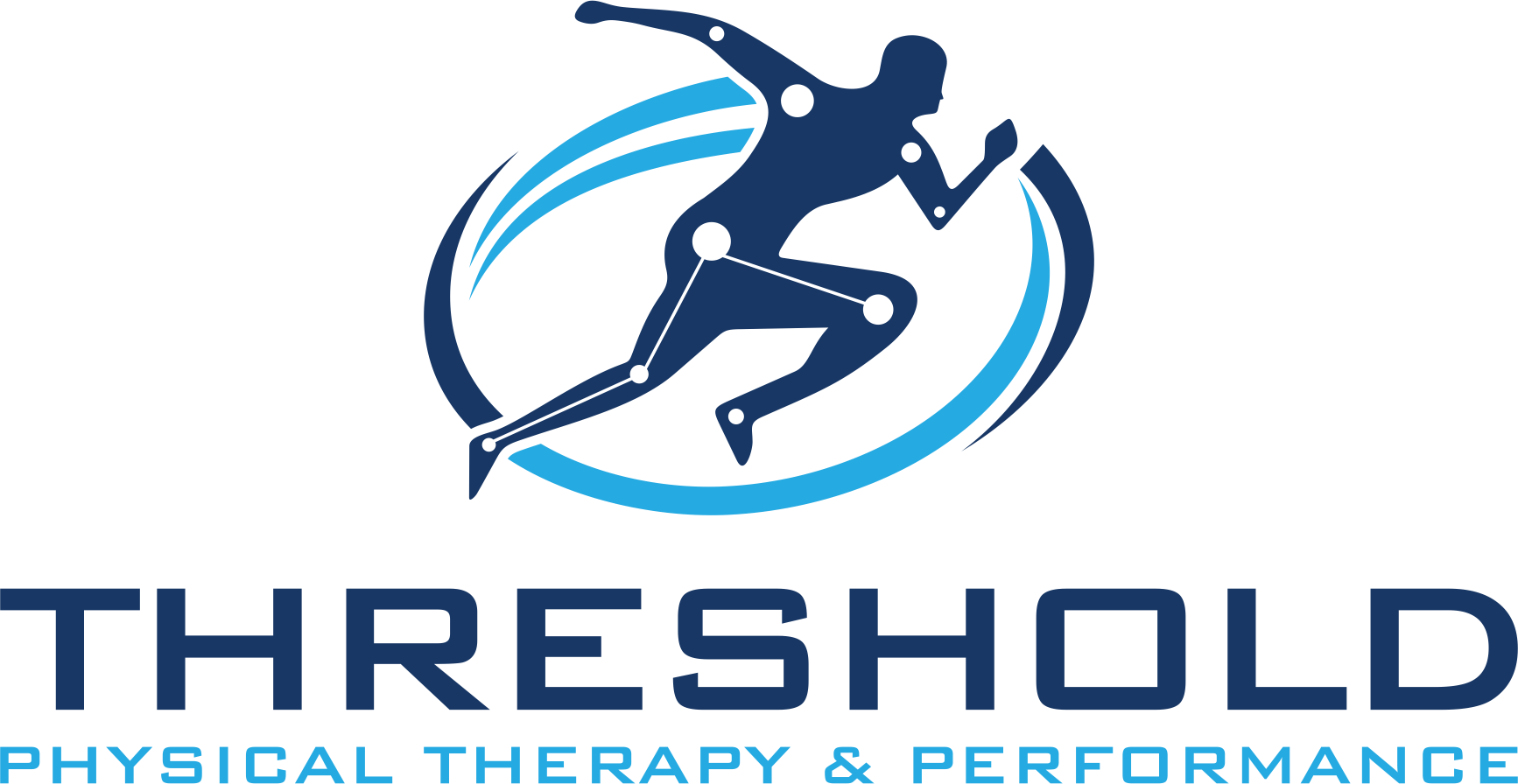Pain is unique in that it is a universal, yet notable individualized experience.
According to a 2011 report approximately 100 million U.S. adults suffer from chronic pain costing $560-635 billion annually in direct medical treatment costs and lost productivity. At the same time, the CDC reports that between 1999 and 2016 more than 630,000 people died from drug overdose – over 350,000 of these involved prescription and illicit opioid overdoses. Rather than a problem with a solution, evidence is pointing to a problem with another, overlying and more complex, problem.
The bad news, with the current trends it’s looking to only get worse… With a nearly perfect exponential curve of overdose deaths over the last 37 years, the U.S. is projected to suffer an additional 300,000 opioid-related overdose deaths between 2015 and 2020.
So, Why Exactly Are Opioids So Bad?
Serious question here: Would you do heroin?
It may seem like an exaggeration and for most the answer is a definitive “NO”, but when you look at the chemical similarities between heroin and “safe” opioid medications like Hydrocodone and Oxycodone, you’ll see that not only is their chemical structure similar, their nervous system effects and addictive qualities are as well… Interestingly, it has been found that opioid medications are addictive in as few as 3-5 days of use.
So, besides providing the perception of decreased pain and symptoms, what else do opioid-based medications do? Consider:
• Confusion
• Nausea
• Constipation
• Euphoria
• Hypoxia (there’s the overdose death kicker…)
Hypoxia – a condition that results when too little oxygen reaches the brain. Things get a bit more complicated here, but ultimately the brain needs oxygen. When it is deprived for too long, for example when falling asleep or passing out after overdosing on opioids or mixing opioids with say, alcohol, our breathing rate can decrease to nonviable levels. Decreased breathing rate can result in coma, permanent brain damage, and death. The complexity comes in that, in a lower risk state-of-being and when the activity is self-limiting, we can use hypoxic training to increase aerobic sport performance. To be clear, I’m not attempting to connect opioids with sport performance. More on that in the future…
So, besides a significant number of people dying, what else makes opioids so bad? Check it out here…
Stay away from things that are unnecessarily dangerous, slow the healing process, and make your symptoms worse in the long-run...
Drugs are bad mkay…
Ok, not all drugs, but as a nation we’re seeing that opioid-based pain medications play a minimal role in the middle and end-game of pain management and injury recovery. Along this line, I’d like to introduce the concept of opioid-induced hyperalgesia…
As noted in the literature, opioid-induced hyperalgesia refers to the phenomenon whereby opioid administration results in a lowering of pain threshold, clinically manifest as apparent opioid tolerance, worsening pain despite accelerating opioid doses, and abnormal pain symptoms such as allodynia.
Great, but what does it mean!?!? Well, that thing that you’re taking to decrease your pain, it’s making your pain worse over time. Additionally, a 2018 study from the Journal of the American Medical Association (JAMA) found no difference in pain-related function over 12 months between the use of opioids (immediate-release morphine, oxycodone, or hydrocodone/acetaminophen) as opposed to the use of acetaminophen (paracetamol) or a nonsteroidal anti-inflammatory drug.
Another important consideration, they slow down healing. Most people I work with take or seek pain medications because they have had an injury or surgery. According to the American Academy of Orthopedic Surgeons (AAOS), decreased opioid use prior to joint replacement surgery correlated with improved patient satisfaction and outcomes, fewer complications, and a reduced need for post-surgical opioids.
So, let’s get this straight, we’re taking something to help with our pain and help get us better, but (after a fairly short period) it results in slowing our functional progression and increasing our symptoms.
Want to dive deeper? Click here…
Physical Therapy First For Pain Management And Accelerated Healing
The National Academies of Sciences, Engineering and Medicine (NASEM) conducted a consensus study to characterize the opioid epidemic and recommend actions. The report notes that physical therapy is often included in the treatment plan offered to patients who have musculoskeletal pain conditions such as fibromyalgia and arthritis, as well as back and neck pain.
Additionally, when considering low back pain, seeing a conservative practitioner whose clinical decision-making is aligned with current clinical evidence first, the severity-adjusted total episode cost, including all treatment provided by any type of provider in any setting, is approximately 30 percent lower than the overall average total episode cost for treatment of back pain.
So, what can physical therapy offer? Since pain is a noxious sensory AND emotional experience. It is important to appreciate the influence of sociological and psychological factors on pain, as well as the concept that pain and tissue damage are not always correlated as closely as we think.
Utilizing a multifaceted and biopsychosocial model physical therapists can facilitate the body’s own, endogenous pain relief systems, as well as promote improved musculoskeletal function and biomechanics, tissue desensitization, provide neuroscience education, and assist in building activity tolerance.
Check out this post for more…
Opioids and Metabolic Diseases (...like type II diabetes)
Some 2010 research by Mysels and Sullivan provided some interesting insights into how sugar intake and consumption may affect the endogenous opiate system. Chronic opioid exposure is associated with increased sugar intake, with the theory that exposure to certain kinds of of opioids may result in a heightened taste preference for high-sugar foods.
Interestingly, it has been found that >30% of caloric intake was sugar in a particular opioid population and glycemic dysregulation associated with chronic opiate administration manifest clinically.
As the evidence grows linking the opioid system to food intake and risk of obesity, clinicians should reinforce proper exercise and dietary habits with opioid-dependent individuals.



Very, very interesting. Thanks.
It keeps you thinking, doesn’t it… Definitely a social conversation that needs to continue…